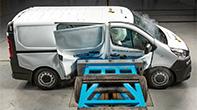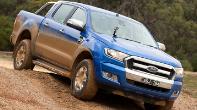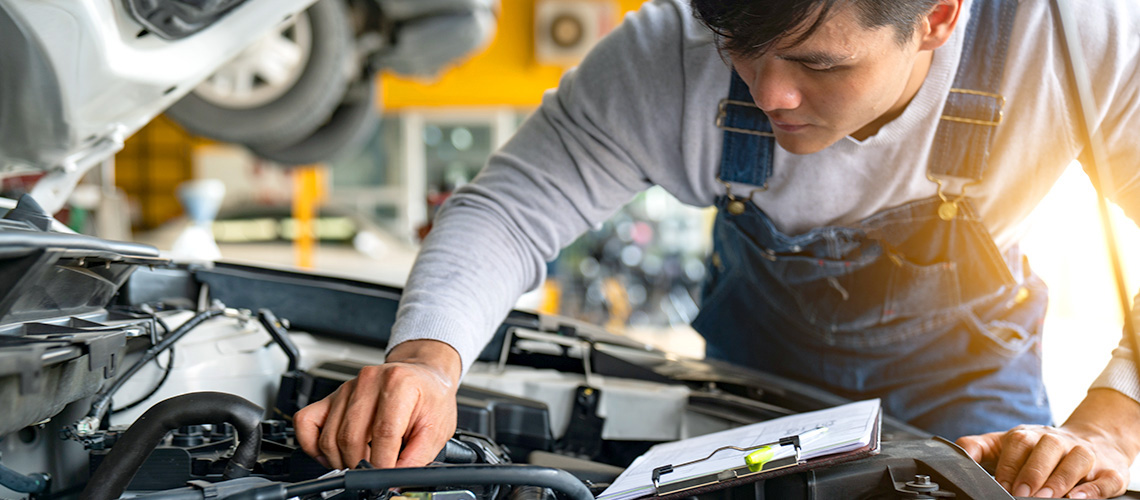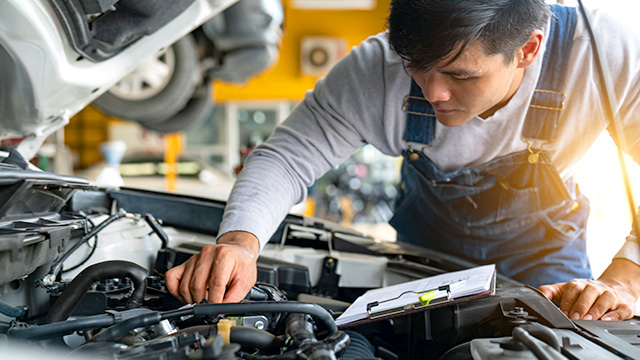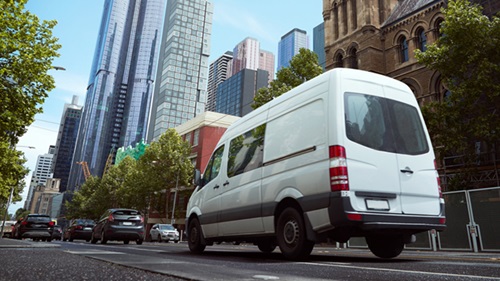If you think back 10 years, what technology were you using for your business then compared to now?
Technology has come a long way in the last few decades and cars are no exception. Particularly in the past five years, we’ve seen a wave of new electronic safety features added to vehicles, which have changed the way fleet managers look at road safety.
Autonomous driving – well, not quite yet
After reading the safety section in the specifications sheet of a new fleet vehicle, it may sound like the vehicle can drive itself.
We’re not quite there yet but your employees could be driving vehicles that are considered Level 2 automation, which means they’re using Advanced Driving Assistance Systems (ADAS).This allows cars to take over the steering, acceleration and braking in certain scenarios.
Learning to drive again
It wasn’t until 2019, when the top-selling Toyota Hilux and Ford Ranger received major safety upgrades, that fleets were introduced to the latest technology in significant numbers.
If your business is planning on replacing vehicles in 2022, your employees might find themselves in the same make and model as their previous vehicle, but with new features that need some explaining.
For example, Active Cruise Control (ACC) and Lane Keeping Assist (LKA) are two new safety features that can help your drivers avoid collisions and reduce their fatigue on longer journeys. But using them for the first time can be confronting because it feels like the car is taking over the driving.
That’s why it’s a good idea to set up a controlled and safe environment where your drivers can learn how to use the new safety features – with some supervision – before they get out on the road.
You could also look into additional driver training with one of our road safety experts.
The importance of ANCAP
In 1993, the Australasian New Car Assessment Program (ANCAP) started publishing the safety ratings of new cars so consumers and fleet buyers could compare models.
Historically, the main methods to make vehicles safer were improvements in their design and construction and the ANCAP 5-star rating quickly became the benchmark for safe fleet vehicles.
In 2018, ANCAP did a major overhaul of its rating system, which raised the bar for vehicle manufacturers. Then, in 2020, more changes were introduced that focused on technology and using it to avoid accidents as well as the passive safety features that keep drivers and passengers safe in a collision.
These recent changes mean that older vehicles would not achieve the same rating if tested under the current protocols. This makes it even more important to replace company cars at regular intervals to ensure you’re providing your employees with the safest workplace possible.
Acronyms of vehicle safety
This new safety technology has also created a new language, as marketing teams scramble to explain in simple terms what the vehicles can now do, and how they keep drivers safe while at work.
One of the oldest acronyms is ABS (Anti-lock Braking System), which was made mandatory on passenger vehicles sold in Australia in 2003. In 2011, ESC (Electronic Stability Control) also became mandatory.
Since then, a whole host of three-letter abbreviations have been launched with the most significant one being AEB (Autonomous Emergency Braking), which will become mandatory on new models from 2023.
Vehicle Safety Acronyms
ODS – Occupant Detection System
PCA – Reverse Parking Collision Avoidance Assist
PDW – Reverse Parking Distance Warning
RCCA – Rear Cross-traffic Collision Avoidance Assist
RCCW - Rear Cross-traffic Collision Avoidance Warning
RVM – Rear View Monitor
SBW – Shift by wire
SCC – Smart Cruise Control
SEA – Safe Exit Assist
SRS – Supplement Restraint System
SRSCM – SRS Control Module
SVM – Surround View Monitor
TBT – Turn by Turn
TCS – Traction Control System
TPMS – Tyre Pressure Monitoring System
VSM – Vehicle Stability Control
AEB – Autonomous Emergency Braking
ABS – Anti-lock Braking System
ADAS – Advance Driver Assistance System
LDW – Lane Departure Warning
LKA – Lane Keeping Assist
SLIF – Speed Limit Information Function
ASCC – Advanced Smart Cruise Control
SAS – Speed Support System
LSS – Lane Support Systems
Maybe someday we’ll get to completely autonomous vehicles but, for now, the new vehicles your business purchases in 2022 will be the safest in your fleet. And that’s great news for your employees who spend their days on the road.



